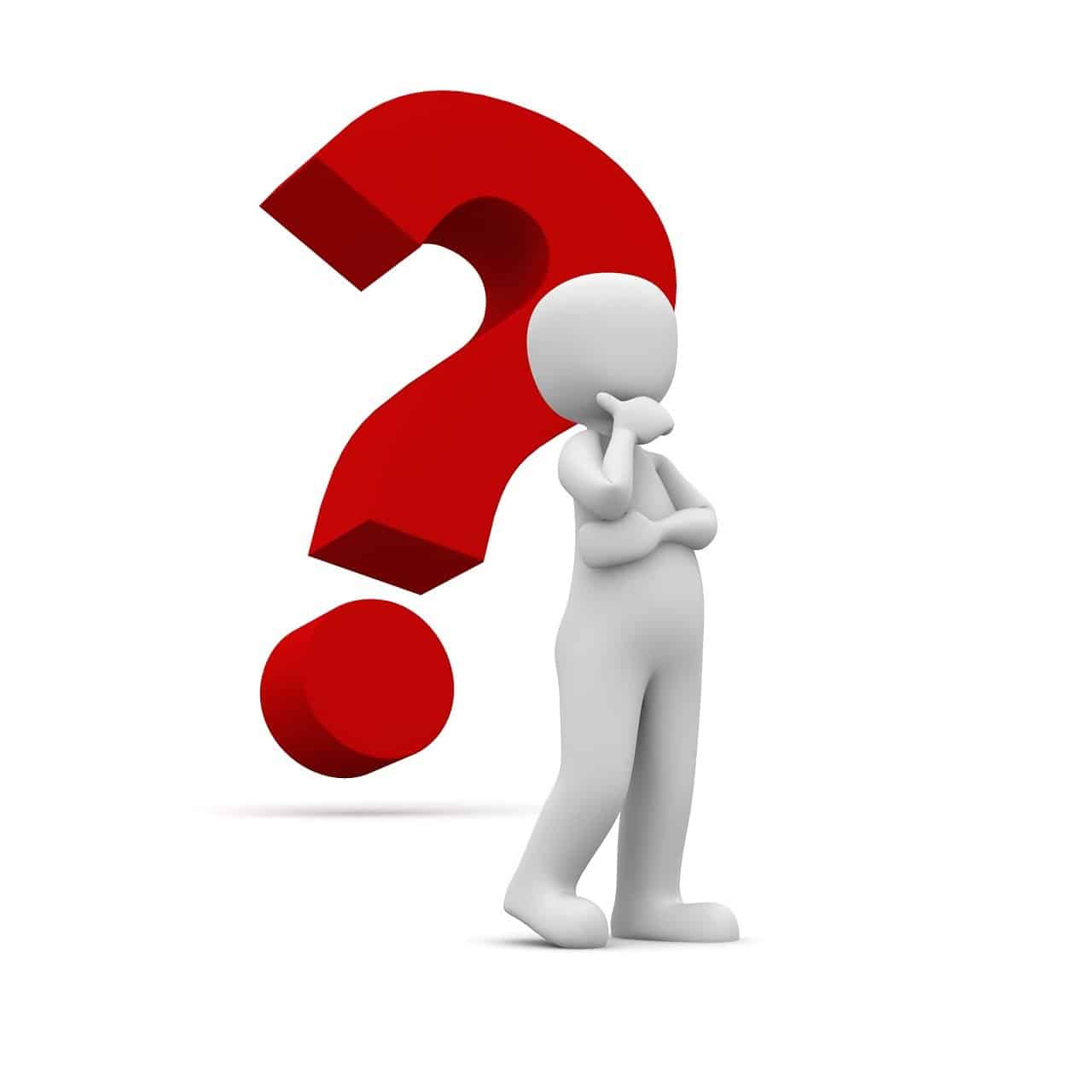
It is common to apply question marks in interrogative sentences, although not all of them need them.
An interrogative sentence is used to find out something by asking a question . Visually it is easily distinguished since it has a question mark at both the beginning and the end. Orally, meanwhile, it is recognizable by the intonation of the person who asks the question in question.
Those who specialize in grammar indicate that this type of sentences makes evident the desire or need to receive data, information or clarifications from each recipient, in addition to being a useful resource when wanting to provoke reflection or provide a suggestion. with subtlety.
In the daily lives of millions of people, interrogative sentences take on great importance since they are essential within the communication circuit. Sometimes they appear to refresh some knowledge, as is the case with questions like “Which specialist did you recommend?” or “What were the lyrics of that song we sang when we were teenagers?” , reinforce certain knowledge ( “This recipe has three tablespoons of sugar, right?” ) or find out a certain question: “How much does a kilo of bread cost?” , to point out some examples.
Types of interrogative sentence
The types of interrogative sentences are numerous and each one has features and uses that vary from one another.
Firstly, it is possible to differentiate between the direct question (posed between question marks , making it clear that an answer is sought from the person receiving the concern) and the indirect question (subordinate sentences that do not usually include question marks and that are intended to find out something related to other people's queries, for example).
There is also the open question that gives the receiver freedom to answer and, as a counterpart, the closed question , an alternative that revolves around a predetermined structure that restricts the possibility of answering because it invites you to choose one of multiple options (yes / no, true/false, etc).
Sometimes, the sender does not express himself with the intention of receiving a response but rather of promoting conclusions or reflections in others: thus, the so-called rhetorical question comes into play.
It is common, on the other hand, to generate surveys or answer forms where there may be a question of order ( "From 1 to 10, what score do you assign to each player on the team taking into account individual performance during today's game?" ) or a classification question ( “How do you order, under the criteria of outstanding, very good, good, average and bad, the following films?” ).
It should also be noted that a large number of companies, regardless of the sector in which each one falls, rely on surveys to collect data that serve to improve and understand the vision of consumers. In this framework, among many others, the so-called satisfaction question is used, which may look like this or similar: “Were you satisfied with the service received?” or, as an introduction to a list with items like Absolutely satisfactory, excellent, good, average and terrible , questions may arise such as “How would you rate your experience at our facilities?” .
Beyond the references provided in the paragraphs above, it is appropriate to keep in mind that the list of categorization of interrogative sentences is much more extensive, giving space to more than one possibility and permission question , a specification question , a request question and a interpretation question , among others.

Quality question, opinion question, sequence question... There are numerous ways to classify interrogative sentences according to their features, applications and purposes.
Question characteristics
Knowing the characteristics of interrogative questions helps to know how to detect them and formulate them beyond understanding when the question marks appear or not.
Being aware of question words is essential to get started. These are functional words that make it possible to formulate interrogative sentences in a partial style. By emphasizing the syntax , it comes to light, to enumerate a specific issue, that in Spanish and other European languages this type of term appears in direct interrogative sentences positioned as a specifier of the so-called complementing phrase associated with the interrogative statement.
The order to place subject, verb and other syntactic elements is not always the same: sometimes, in an interrogative sentence the arrangement can be altered without affecting the result.
Another point to highlight is what words to use or what concepts to implicitly respond to when asking. “What happened to that young man?” , “Who was with him at the time of the accident?” , “When did you notice that you needed urgent medical assistance?” , “Where did the charred body appear?” , “Why hasn't the key witness testified yet?” , “How did the collision occur?” , “How long did it take for the ambulance to arrive?” , “What is the identity of the victim?” .

How many questions they ask us, and we ask ourselves internally, about a lot of issues!
The interrogative sentence in practice
The interrogative sentence in practice can be detected in an endless number of situations and areas. In the media, it is a fundamental tool because journalists , in order to inform and reflect realities, need to ask questions. Consultations, the act of inquiry and the research process generate, at the same time, answers that for scientists are data that are generally of great value, whether practical or theoretical.
Also, health professionals , in order to arrive at an accurate diagnosis and be able to establish the most appropriate treatment for each individual, need answers from their patients.
The commercial dynamics, whether in a clothing store or a bookstore or in a restaurant or a health food store, also serves as a reference when it comes to demonstrating how questions arise due to the need to find out the price of an item, its availability, etc. .
Interrogative sentences and their particularities are even taught in an academic context and, in the classroom , teachers ask and answer hundreds of questions to their students, some linked to knowledge taught and others that transcend the pedagogical level and are oriented to issues. personal or doubts of general interest.
